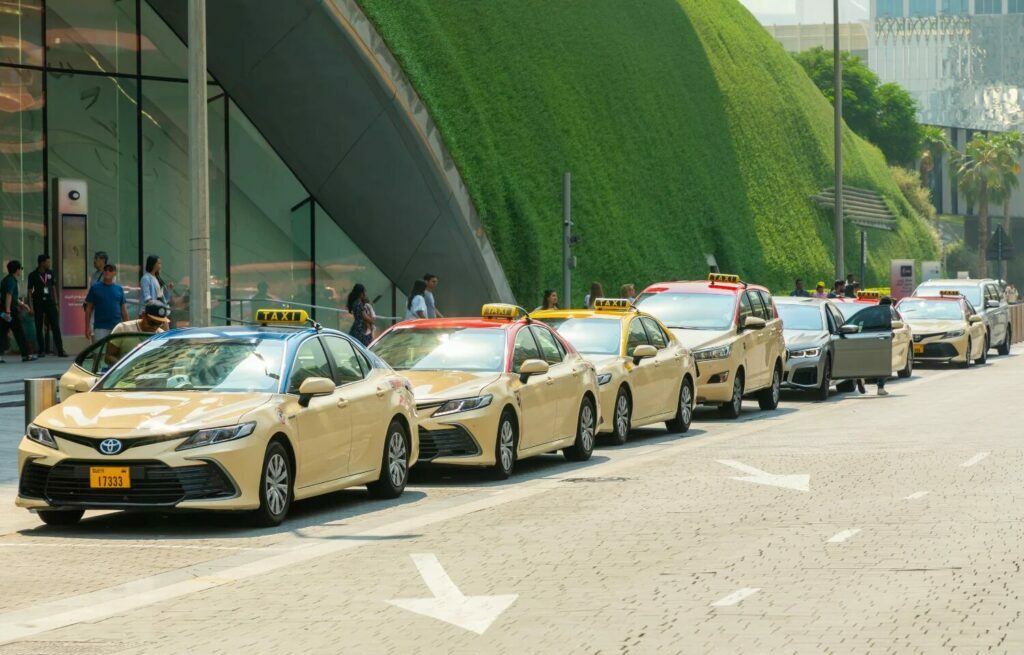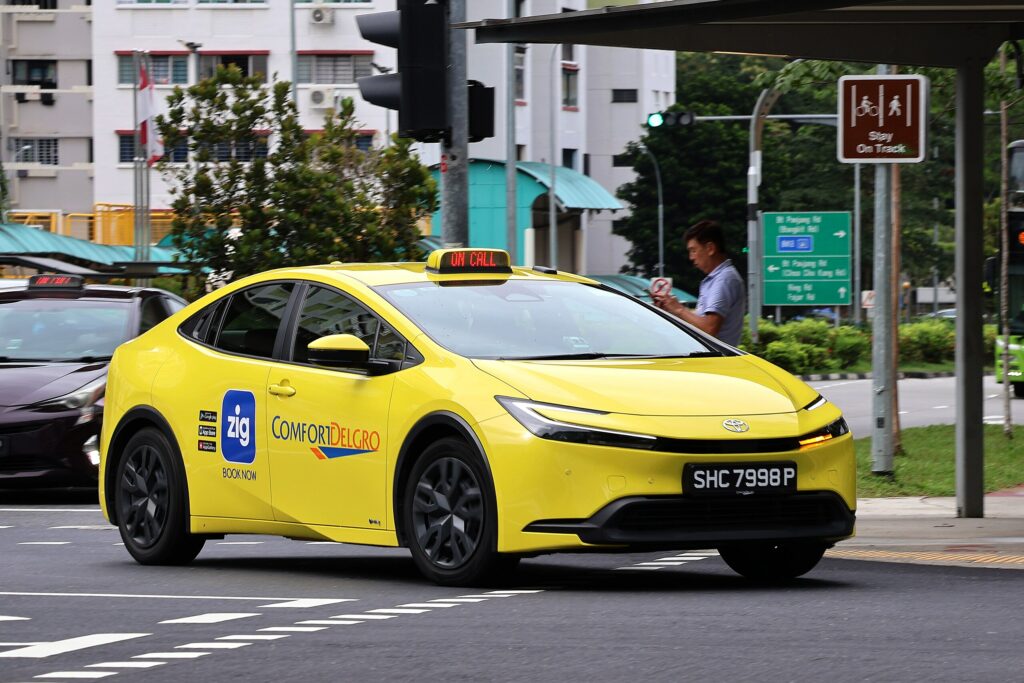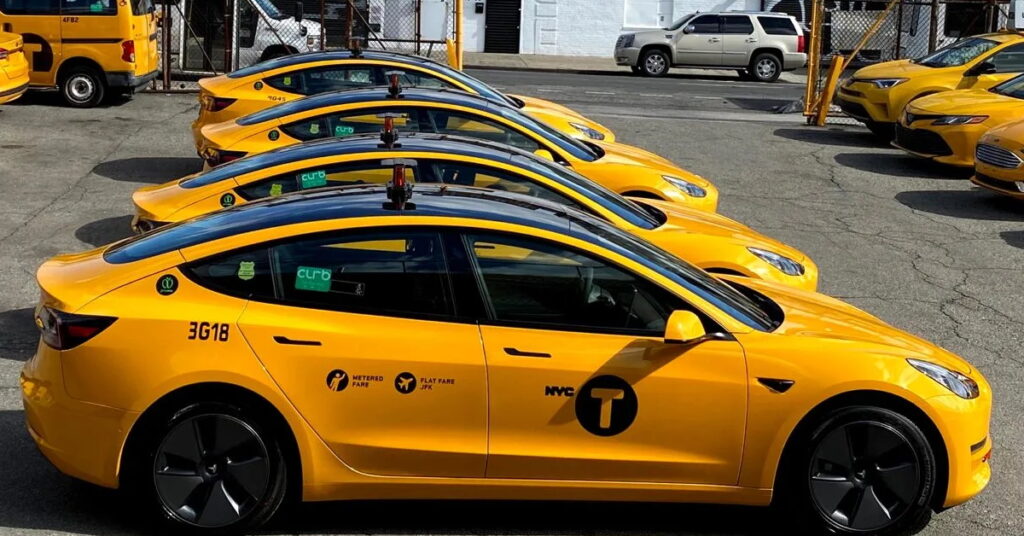In the bustling metropolises of the world, taxis serve as the silent yet steadfast pillars of public transportation. They bridge the gap between public transit systems and the unique, often unpredictable needs of individual commuters. Taxis are not merely vehicles; they are robust machines and a symbol of reliability, adaptability, and endurance.

The concept of taxis originated in 17th-century Europe when horse-drawn carriages, known as hackney carriages, were hired for personal transport. By the late 19th century, the invention of motorized vehicles gave rise to modern taxis, with Germany introducing the first gas-powered cab — the Daimler Victoria equipped with a taximeter in 1897. This innovation revolutionized urban mobility, providing convenient, on-demand transport for people in bustling cities—a concept that continues to evolve and thrive globally. Later, gasoline-powered taxicabs began operating in Paris in 1899, in London in 1903, and in New York in 1907.
The Color Scheme

The choice of yellow for taxis became popular in the early 20th century when studies showed that yellow was highly visible from a distance, even in busy traffic. This made it easier for passengers to spot a cab quickly.

On the other hand, the black-and-yellow color scheme of taxis in Pakistan and India has historical and practical roots. This combination was adopted during colonial times to create a standardized, recognizable design for public transport. The contrast between black and yellow makes these vehicles highly visible in crowded streets, while the use of black for the body was likely influenced by its association with durability and formality, lending taxis a professional and reliable appearance. The yellow roof adds vibrancy and ensures they stand out even in chaotic traffic.
The Taxi as a Workhorse
A taxi is not just a car; it’s a workhorse designed to endure long hours, harsh conditions, and countless passengers. Unlike personal vehicles, taxis run almost non-stop, with only brief pauses for refueling or maintenance. Their engines run endlessly, their interiors bear the marks of countless passengers, and their exteriors face the daily grind of city streets and changing weather.

This relentless usage demands that taxis be built with durability in mind. Traditional favorites, like the Toyota Corona & the Datsun Sunny from the past, or the iconic London Black Cab, owe their popularity to their dependable performance and low operating costs. These vehicles are engineered for longevity, making them the preferred choice for taxi operators around the globe.
Robust Performance Under Pressure
Performance is the lifeblood of the taxi industry. A taxi’s ability to handle diverse terrains, from smooth highways to potholed urban streets, is paramount. Many modern taxis are equipped with fuel-efficient engines, rugged suspension systems, and sturdy chassis that ensure smooth rides and reduced downtime.

With rising fuel costs and environmental concerns, hybrid and electric taxis are gaining ground. Vehicles like the Toyota Prius, with its hybrid engine, have become synonymous with taxis in many parts of the world, offering a perfect blend of fuel economy and performance.
Taxis in the Gig Economy
The rise of ride-hailing platforms like Uber and Bolt has redefined the taxi industry. While traditional yellow cabs still ply the streets, private cars used for ride-hailing now also function as modern taxis. This evolution has brought additional challenges, including the need for cars to be more comfortable and technologically equipped. Features like GPS navigation, climate control, and spacious interiors are now essential for ensuring passenger satisfaction.

Despite these changes, the core principles remain the same: robust performance, affordability, and reliability. In developed markets, cars like the Toyota Camry and Hyundai Sonata have become favorites for taxis and ride-hailing services due to their comfortable interiors and ability to handle the demanding schedules of gig drivers.
The Future of Taxis
The advent of autonomous vehicles and electric cars is set to revolutionize the taxi industry. Companies like Tesla and Waymo are leading the charge in developing self-driving taxis, promising even greater efficiency and lower operational costs. Electric taxis, too, are gaining traction, offering zero emissions and significantly lower maintenance costs compared to traditional combustion engines.

However, the essence of a taxi—a robust, reliable, and versatile vehicle—will remain unchanged. These workhorses will continue to adapt to technological advancements, meeting the evolving demands of urban transportation.
Related: Remembering the Dependable Datsun Sunny 1200 GL
Taxis have always been more than just a mode of transportation. They are the unyielding workhorses that keep cities moving, connecting people and places with unmatched efficiency. Whether it’s a yellow cab cruising through New York City, an electric taxi gliding through the streets of Oslo, or a traditional taxi weaving through the bustling lanes of Karachi, taxis in all corners of the world—from London to Lahore, and Tokyo to Toronto—continue to serve as reliable, high-performing vehicles, remaining a cornerstone of urban life everywhere.

As technology progresses and cities continue to expand, taxis will naturally evolve. But one thing is clear: their legacy as reliable, hardworking vehicles will remain a vital part of urban life for generations to come.

I don’t eat, sleep or dream of cars, I am just someone who loves to see, think & write about cars. I love Ferrari in Pink but they won’t make one for me. I use X to write my full name, but that doesn’t mean I’m inspired by Altis X, in fact, my dad hates it 😀 Btw I’m an occasional writer so don’t expect too much from me 🙂



